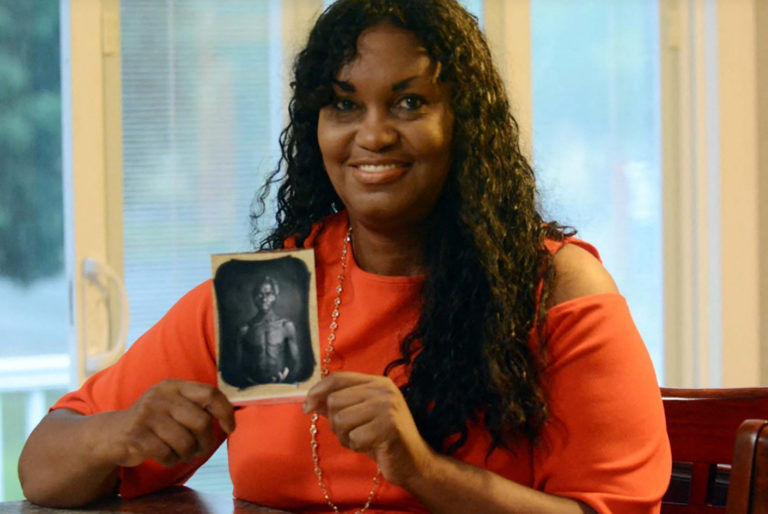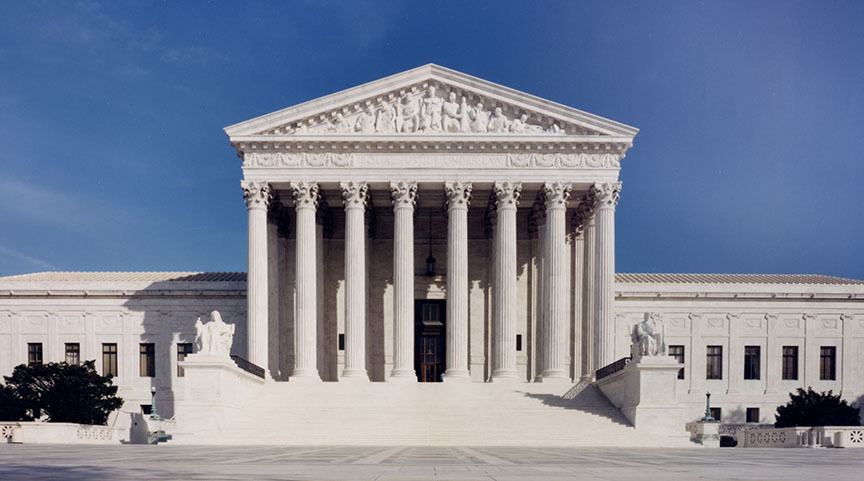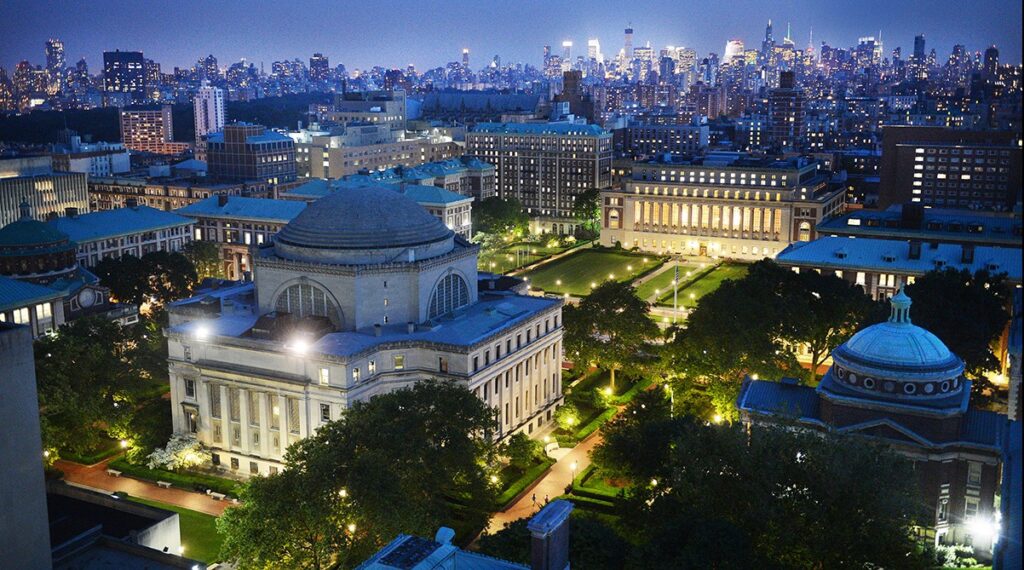Harvard University will transfer 175-year-old photographs of enslaved individuals to a South Carolina museum as part of a settlement with a woman who says she is a descendant of one of the subjects, the AP reports.
The images, believed to be the earliest known photographs of enslaved people in the United States, will be relocated from Harvard’s Peabody Museum of Archaeology and Ethnology to the International African American Museum in Charleston, S.C., according to Tamara Lanier’s attorney.
Lanier, who identifies one of the photographed men as her great-great-great-grandfather, Renty, and the young woman beside him as his daughter, Delia, has been engaged in a legal battle with Harvard for 15 years to secure their release.
“This is an unprecedented victory for descendants of the enslaved,” said Lanier’s attorney, Joshua Koskoff. “To regain control of these images 175 years later has never happened before in American history.”
The daguerreotypes, taken in 1850 in South Carolina, were commissioned by Harvard biologist Louis Agassiz, whose theories on racial difference were used to justify slavery. The Massachusetts court system previously ruled that Harvard could legally retain ownership of the images but allowed Lanier to pursue a claim for emotional distress.
In a statement Wednesday, Harvard said it had long been working to place the images “in the appropriate context and increase access to them for all Americans.”
Two Legacies Intersect
At a press event marking the settlement, Lanier stood beside Susanna Moore, a descendant of Agassiz. The two women—descendants of the photographed and the photographer—embraced the agreement as a shared step forward.
“This is a moment in history where the sons and daughters of stolen ancestors can stand with pride and rightfully proclaim a victory for reparations,” Lanier said. “These images were taken without dignity or consent. Now they will return to a home where their stories can be told, and their humanity restored.”
Moore called her ancestor’s project “deeply racist” and praised Lanier’s perseverance. “This victory reminds us that the meaning of such objects in museums can and should change,” she said.
A New Home for Renty and Delia
Tonya M. Matthews, CEO of the International African American Museum, said the transfer of the images is “175 years in the making.”
“The bravery, tenacity, and grace shown by Ms. Lanier throughout this process is a model for us all,” Matthews said. The museum has committed to including Lanier in discussions about how the images will be displayed and interpreted.
Lanier’s original lawsuit also requested an acknowledgment from Harvard of its historical ties to slavery and her ancestral connection to the individuals in the photos. While the financial terms of the settlement remain confidential, Lanier’s legal team says Harvard has not publicly acknowledged her familial ties to Renty and Delia.
“That is just left unanswered by Harvard,” Koskoff said.
Ongoing Reflection, Broader Implications
Koskoff emphasized that the settlement should not be viewed as an attack on the university, noting that he and Lanier support Harvard’s current opposition to federal policies under the Trump administration, including efforts to limit international student enrollment and reduce federal funding.
“We’re not here to bash Harvard,” Koskoff said. “But they have an obligation to tell a full history — even the parts that reflect poorly on their legacy.”
While Lanier is not expecting further communication from Harvard, her attorney said the outcome speaks volumes.
“In the end, the truth will find you,” Koskoff said. “History may be written by the winners, but over time, those winners can come to be seen quite differently.”



